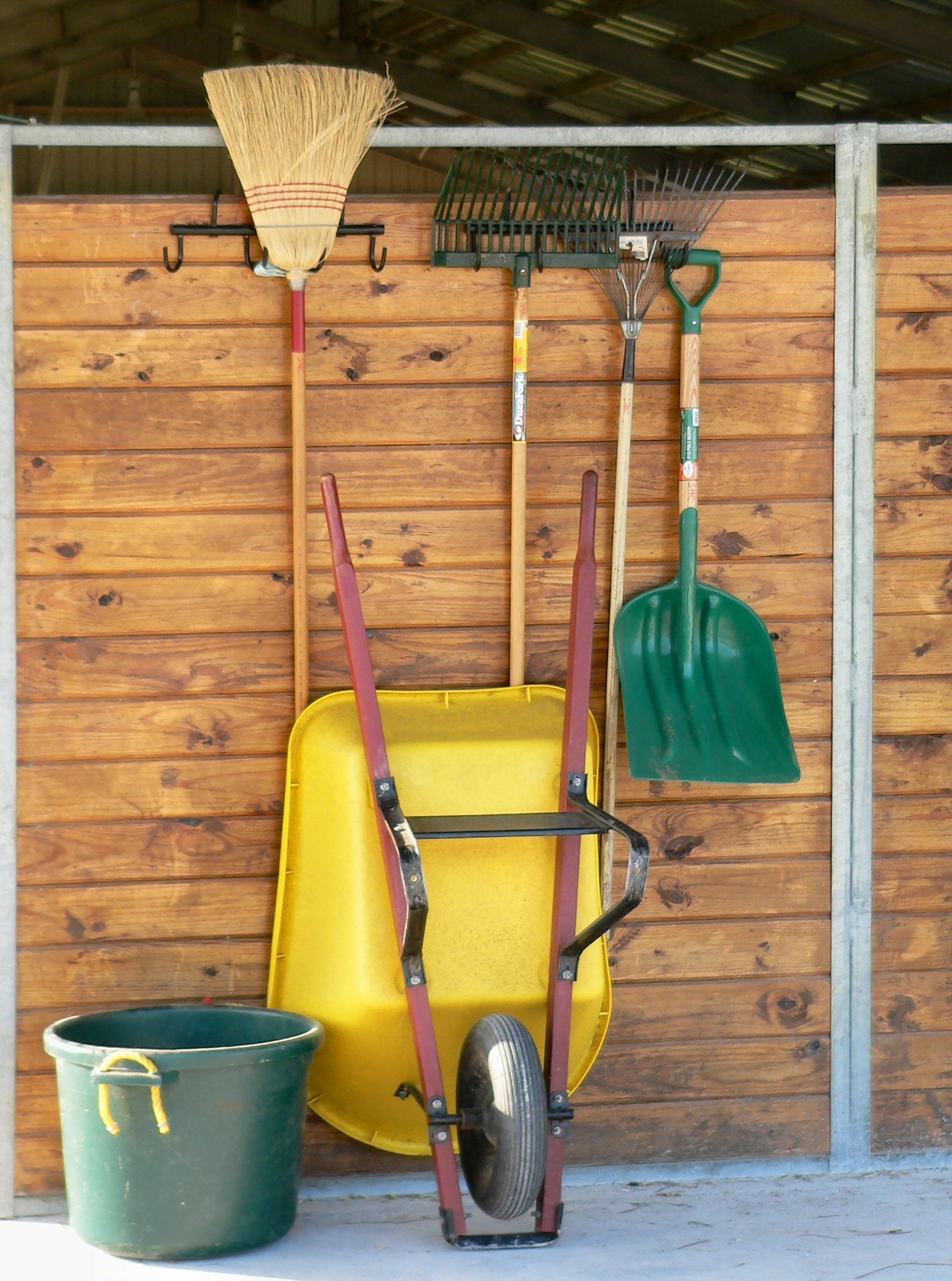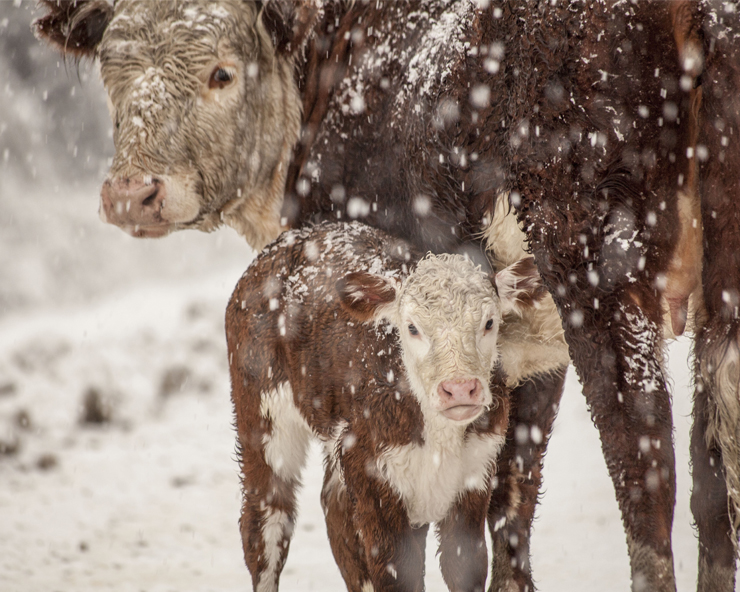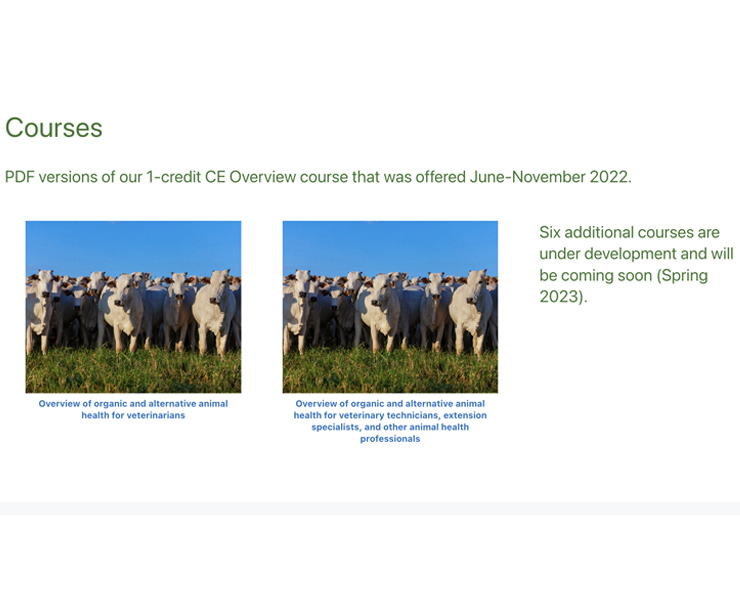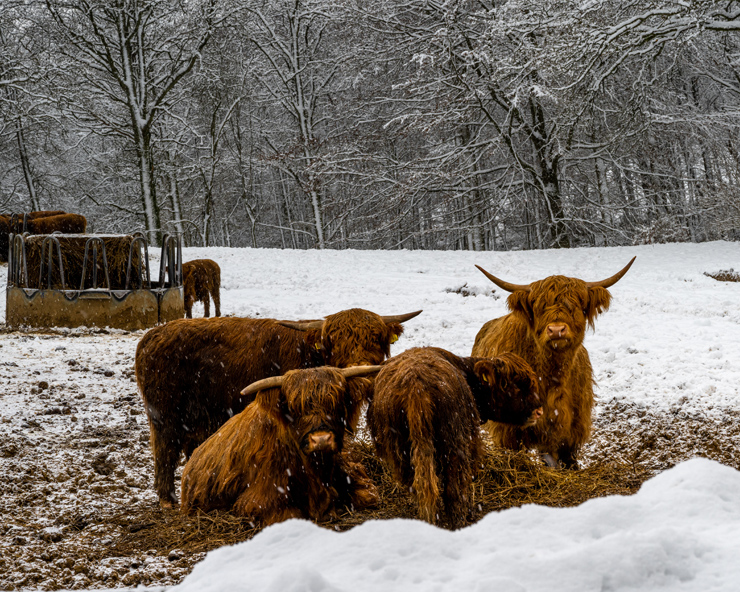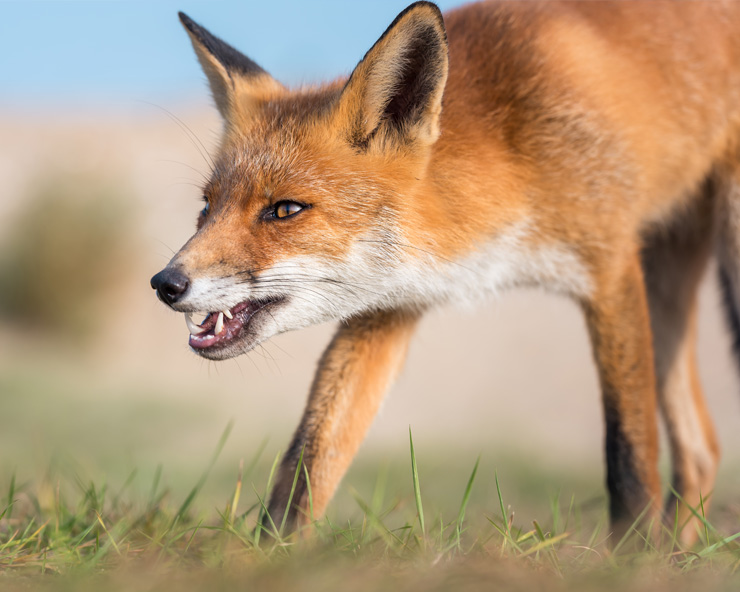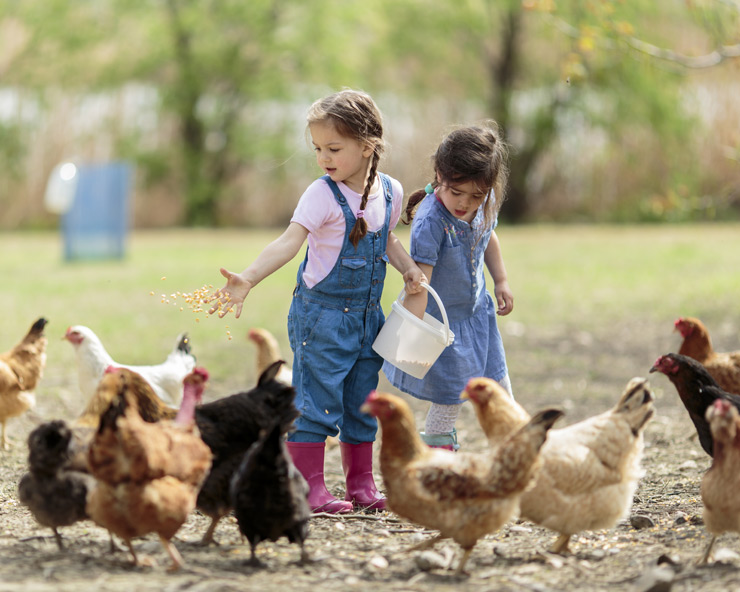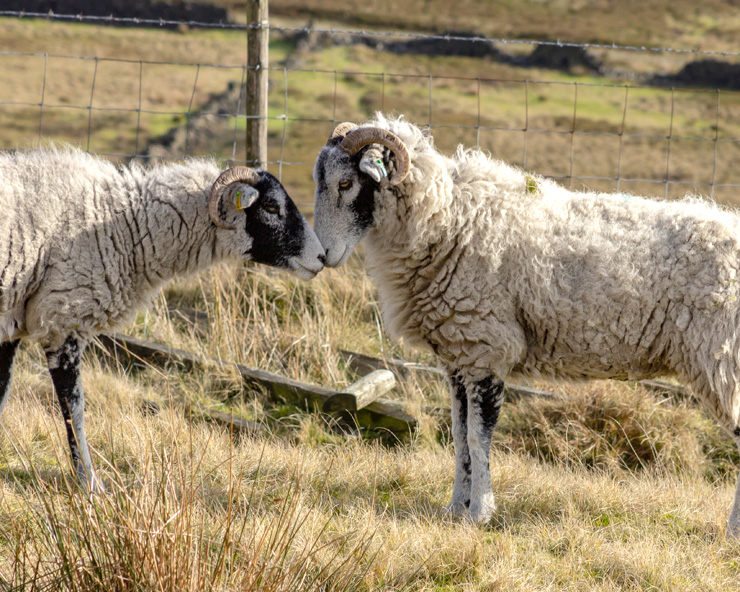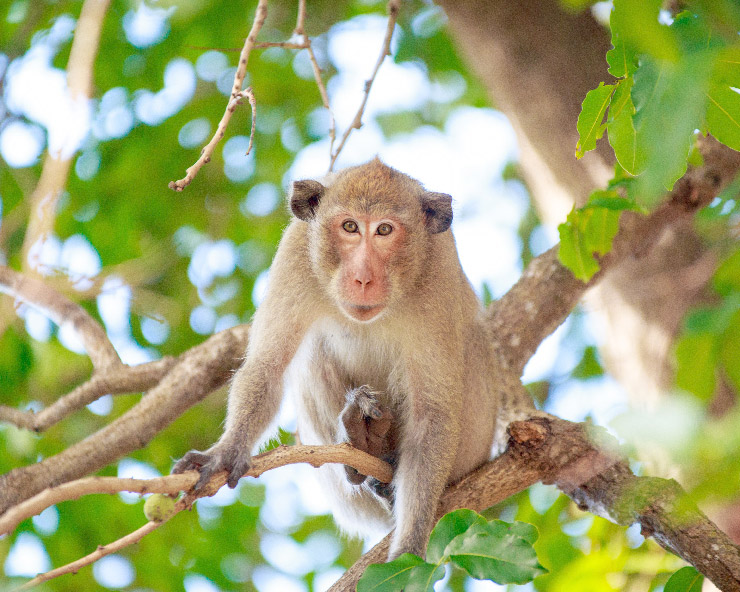New Chapters – Organic and Alternative Animal Health
The Livestock Project at the Center for Food Security and Public Health is offering FIVE new (free) RACE-approved continuing education courses (up to 7 credits) in organic and alternative animal health. The course includes: Overview of organic and alternative animal health (first offered in 2022) Prevention and organic and alternative animal health Rules and … Read more


